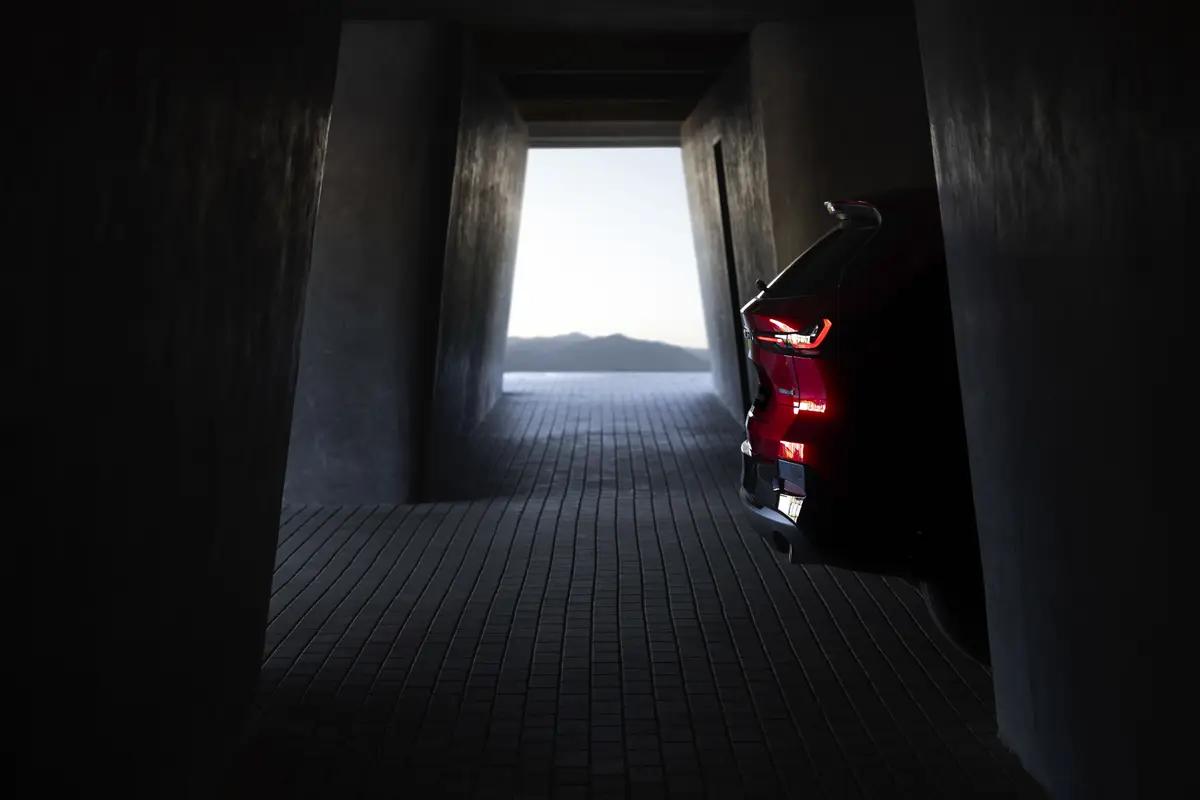washingtonpost.com's view
We accumulated 1,039 miles by the time the driving was done, running from Northern Virginia to New York’s Storm King Mountain community, back and forth from Manhattan’s hustle to the quiet beauty of Cornwall nine miles north of the U.S. Military Academy at West Point and, by degrees, back to Northern Virginia.
We enjoyed every moment on the road in the four-wheel-drive 2012 Jeep Grand Cherokee Limited, a long-distance runner if ever there was one. But our pleasure came at a cost of $227.83 in mostly mid-grade gasoline.
That was my fault. This sport-utility vehicle would have done just fine on regular gasoline, about 15 cents cheaper than mid-grade at the time of our Thanksgiving holiday travels. But, although I knew better, I surrendered common sense and truth to the lobbyists traveling with me, my wife, Mary Anne, and son Tony, who insisted the Cherokee would be likely to perform much better if we “at least” — Mary Anne’s words — treated it to 89-octane gasoline.
Congress must work something like that. Smart lawmakers make dumb decisions to placate constituents who are just plain wrong. That’s how you get a deficit.
Truth is, on at least two occasions, I filled the Grand Cherokee’s tank with regular gasoline, and neither the Grand Cherokee nor my wife and son knew it.
The Fiat-owned Chrysler Group, maker of all things Jeep, remains self-conscious about the bad rap SUVs have taken for guzzling fuel and spewing tailpipe pollutants. That is why the company is offering its 2012 Grand Cherokee in a supposedly greener, certainly more politically acceptable (at least to corn growers) E-85 Flex-Fuel Vehicle (FFV) package.
The pitch is that E-85 — 85 percent ethanol, 15 percent regular gasoline — reduces our dependence on foreign oil imports while cleaning up tailpipe pollution, because ethanol burns cleaner than fossil fuels.
I have no argument with that reasoning — the science of it, or its national security intent. But on the road, it really makes no consumer sense. First, try to find an E-85 station. It’s difficult, at least throughout the Mid-Atlantic and Northeast regions I traveled with my family.
Second, high school chemists know that alcohol burns a lot faster, albeit cleaner, than gasoline. But that faster, more efficient, cleaner burn also means reaching “Empty” on your fuel gauge faster than you would if you were using regular or mid-grade gasoline.
But the real bummer is that when you find an E-85 outlet, you’ll be shocked silly by fuel prices. For example, E-85 at the Power Gas station in East Orange, N.J., an E-85 fueling depot open to the public — as opposed to those for corporate or government use only — was 70 cents per gallon more expensive than regular gasoline.
The rational economist in me rebelled. On a good day — favorable weather, low-to-no crosswinds, improved road, no traffic congestion — the Grand Cherokee Limited I was driving averaged 23 miles per gallon using either mid-grade or regular gasoline. I figured I’d get less with the more expensive, faster-burning E-85, and so I bypassed the Power Gas people in search of regular gas.
Right now, the way I figure it, all of the flex-fuel stuff is more of a marketing and lobbying exercise than a practical application of technology, aimed more at politicians and environmental groups than it is to consumers.
Perhaps if Congress came up with a national energy policy that put the lowest prices on the more efficient fuels — including diesel, which is 30 percent more efficient than gasoline — I’d stop looking for regular and mid-grade gas.
But that is not likely to happen anytime soon, which is why, painful though it was, I didn’t mind filling the Jeep Grand Cherokee with readily available gasoline.
Besides, most of us don’t drive for fuel economy alone. We want power — including the sense that we can handle anything likely to confront us on a long road trip. The Jeep Grand Cherokee delivers that sense of well-being, even with its standard 3.6-liter V-6 engine (260 foot-pounds of torque, 290 horsepower). It pulls uphill with no discernible strain and no whine — “uphill,” in this case, being 1,540 feet above sea level moving across Schunemunk Mountain near Cornwall, N.Y.
It’s a good feeling, not having to worry about slipping or sliding into misery in those environments. Descending from the mountain is made easier, in weather fair and foul, with hill-descent control — a technology found on other up-level SUVs — which electronically controls acceleration and braking moving downhill.
When the day is stuffed with more sightseeing than a day normally allows, it’s nice to settle into the rich, sturdy comfort of the Grand Cherokee Limited’s cabin — supple leather, fine wood veneer, panoramic glass roof, premium sound system — and head home.
I could buy this SUV . . . and save fuel by driving it only on long trips, you know, just in case I can’t find a hotel. You can sleep comfortably in this one — when parked.
Latest news



